|
North Wales Wildlife Trust’s Cemlyn wardens, Tarik Bodasing and Tim Morley tell the story of a remarkable summer. From a human point of view, the 2018 breeding season at Cemlyn appeared a little strange. In early May, hardly a tern was to be seen or heard and the colony comprised of mostly Black-headed gulls. It all looked rather bleak, and the Wardens started to wonder if they would have a job for the next few months! However; nature always has the ability to surprise us. Sandwich Tern started arriving from mid-May and settled down to the act of breeding. Common and Arctic Tern followed suit and by the end of May, 328 Sandwich (pairs), 3 Common (pairs) and 8 Arctic Tern (pairs) were confirmed to be nesting at the colony. Favourable weather conditions through June and July may have facilitated the good fishing, as foraging birds were observed to be bringing in sandeel after sandeel for the chicks. The end of June/early July brought another surprise, as the Sandwich Tern numbers almost doubled due to two further influxes. The Wardens were able to establish that these birds had likely come from RSPB Hodbarrow (Cumbria) where they had failed in their breeding attempt this season. This was particularly interesting, as Hodbarrow appears to serve as an alternate breeding site for these Sandwich Terns, and in recent years, has possibly even become the preferred site. For those who may not know, in 2017 the Sandwich Terns that abandoned Cemlyn actually re-laid at Hodbarrow and successfully fledged around 500 chicks! The two new influxes were soon confirmed to be an extra 190 pairs of Sandwich, and several more Common and Arctic Tern pairs, suggesting that some, but not all of the newcomers were actually giving it another go. This not only illustrates the resilience of the terns, but also the fact that single sites, while important, serve a greater function as part of a network, affording species like terns the ability to relocate, depending on local conditions and disturbances at specific sites. With disturbance in mind, a notable point this season has been the reduced level of disturbance by predators on the colony. While otters, fox, and stoat were known to be in residence, no attempts to get onto the islands were observed by the Wardens. Even aerial predation attempts were few, with peregrine and the larger gulls mostly disinterested in the colony. It is hard to say whether this is a result of the reduced sized of the colony this season (less of a magnet to predators), the electric fence, the abundance of alternative food sources, or a combination of all of these. The reduced level of predation allowed the Wardens to adopt a non-intrusive management approach, which appears to have paid dividends this season. We now find ourselves in early August, apparently at the very end of the season and yet, the terns are still here! The original nesters successfully fledged an estimated 120 chicks, and these birds have now all departed the colony. The remaining Sandwich Terns quickly moved over to the smaller island, bunching together for extra protection. A minimum of 72 chicks has been observed within this new group and we are keeping our fingers crossed that they will pull through before the adults feel the tug of migration. Common Tern have also done well in the 2nd influx, raising an additional 4-5 chicks (after a first wave of 8 chicks), to fledging age. Meanwhile the Arctic Tern only managed to raise ~4-6 chicks in total. A season at Cemlyn is of course, never complete without Roseate Terns and we were lucky to have several visits at the end of June/early July. Perhaps one day soon they will again choose Cemlyn as a nesting site, only time will tell. The Sandwich Terns of North Wales are a great example of how initial views can be misleading. As a species, 2017 turned out to be quite a successful year for the Sandwich Terns and certainly not a failed breeding season. Similarly, despite the slow start and concerns about further disturbance, the 2018 season must also count as a successful one, albeit in reduced numbers. From the terns’ perspective, their aim is to nest and raise young to fledging; where they do it is entirely of their choosing. Terns have the ability to deal with natural disturbances (as do most species of fauna and flora), but sometimes need a little helping hand along the way. The Wardens feel privileged to have spent the summer at such a special place, and with the tern orchestra for company, who can go wrong?!
3 Comments
Dyma wardeniaid Cemlyn Ymddiriedolaeth Natur Gogledd Cymru, Tarik Bodasing a Tim Morley, i adrodd stori am haf rhyfeddol. O safbwynt bod dynol, roedd tymor magu 2018 Cemlyn yn ymddangos fel un braidd yn rhyfedd. Ddechrau mis Mai, doedd prin ddim môr-wenoliaid i’w gweld na’u clywed yng Nghemlyn ac roedd y boblogaeth yn cynnwys Gwylanod penddu’n bennaf. Roedd pethau’n edrych yn ddu a dechreuodd y Wardeniaid feddwl tybed a fyddai ganddyn nhw swydd yn ystod y misoedd nesaf! Fodd bynnag, mae natur yn llwyddo i’n synnu ni’n gyson. Dechreuodd y Môr-wenoliaid Pigddu gyrraedd o ganol mis Mai ymlaen a setlo i lawr i fagu. Gwnaeth y Môr-wenoliaid Cyffredin a Môr-wenoliaid y Gogledd yr un peth ac erbyn diwedd mis Mai, cadarnhawyd bod 328 o Fôr-wenoliaid Pigddu (parau), 3 o Fôr-wenoliaid Cyffredin (parau) ac 8 o Fôr-wenoliaid y Gogledd (parau) yn nythu yn y boblogaeth. Efallai bod tywydd ffafriol misoedd Mehefin a Gorffennaf wedi hwyluso pysgota da, a gwelwyd adar yn chwilio am fwyd yn dod â llysywod y tywod i mewn wrth eu degau ar gyfer y cywion. Cawsom ein synnu wedyn ddiwedd mis Mehefin/dechrau mis Gorffennaf wrth i niferoedd y Môr-wenoliaid Pigddu ddyblu bron wrth i ddau griw newydd ymuno. Daeth y Wardeniaid i ddeall bod yr adar hyn wedi dod o RSPB Hodbarrow (Cumbria) fwy na thebyg, lle’r oeddent wedi methu magu y tymor yma. Roedd hyn yn hynod ddiddorol, gan fod Hodbarrow yn ymddangos fel safle magu arall i’r Môr-wenoliaid Pigddu hyn ac, yn ystod y blynyddoedd diwethaf, wedi cael ei ffafrio ganddynt o bosib. I’r rhai ohonoch chi sydd ddim yn gwybod, yn 2017 fe wnaeth y Môr-wenoliaid Pigddu a adawodd Cemlyn heb nythu yma ailsefydlu yn Hodbarrow a llwyddo i fagu tua 500 o gywion! Cadarnhawyd yn fuan mai 190 o barau o Fôr-wenoliaid Pigddu oedd y ddau haid newydd, a nifer o barau ychwanegol o Fôr-wenoliaid Cyffredin a Môr-wenoliaid y Gogledd, gan awgrymu bod rhai, ond nid y cyfan o’r newydd-ddyfodiaid, yn rhoi cynnig arall arni. Mae hyn yn dangos bod y môr-wenoliaid yn adar gwydn iawn a hefyd bod safleoedd unigol, er yn bwysig, yn cyflawni swyddogaeth fwy fel rhan o rwydwaith, gan alluogi rhywogaethau fel y môr-wenoliaid i adleoli, gan ddibynnu ar yr amodau lleol a’r tarfu ar safleoedd penodol. Gan feddwl am darfu, un pwynt nodedig y tymor hwn yw’r llai o aflonyddwch gan ysglyfaethwyr ar y boblogaeth. Er ein bod yn gwybod bod dyfrgwn, llwynogod a charlymod yn bresennol, ni welodd y Wardeniaid unrhyw ymgais i fynd ar yr ynysoedd. Roedd yr ysglyfaethwyr o’r awyr yn brin hyd yn oed ac nid oedd yr hebogau tramor na’r gwylanod mwy fel pe bai ganddynt ddiddordeb yn y boblogaeth. Mae’n anodd dweud a yw hyn oherwydd bod y boblogaeth yn llai y tymor yma (llai o atyniad i ysglyfaethwyr), neu efallai mai’r ffens drydan sy’n gyfrifol am hyn, neu’r digonedd o ffynonellau o fwyd eraill, neu gyfuniad o’r rhain i gyd. Oherwydd bod llai o ysglyfaethwyr, mae’r Wardeniaid wedi gallu rheoli heb darfu, ac mae’n ymddangos fel pe bai hynny wedi talu ar ei ganfed y tymor yma. Erbyn hyn mae hi’n ddechrau mis Awst ac, yn ôl pob tebyg, yn ddiwedd un y tymor, ond eto, mae’r môr-wenoliaid yma o hyd! Mae’r nythwyr gwreiddiol wedi llwyddo i fagu amcangyfrif o 120 o gywion sydd wedi hedfan y nyth ac mae’r adar hyn i gyd wedi gadael y boblogaeth bellach. Symudodd y Môr-wenoliaid Pigddu oedd yn weddill i’r ynys lai yn fuan iawn, gan swatio gyda’i gilydd i sicrhau gwarchodaeth ychwanegol. Mae isafswm o 72 o gywion wedi’u gweld yn y grŵp newydd hwn ac rydym yn croesi ein bysedd y byddant yn llwyddo i hedfan y nyth cyn i’r oedolion deimlo’r angen i fudo. Mae’r Môr-wenoliaid Cyffredin wedi gwneud yn dda yn yr 2il haid hefyd, gan fagu 4 i 5 o gywion ychwanegol (ar ôl y don gyntaf o 8 cyw) i hedfan y nyth. Yn y cyfamser, dim ond cyfanswm o 4 i 6 cyw lwyddodd Môr-wenoliaid y Gogledd i’w magu. Wrth gwrs, nid yw tymor yng Nghemlyn yn gyflawn heb y Môr-wenoliaid Gwridog ac roeddem yn ffodus o gael sawl ymweliad ddiwedd mis Mehefin/dechrau mis Gorffennaf. Efallai y byddant yn dewis Cemlyn fel safle nythu unwaith eto yn fuan – amser a ddengys. Mae Môr-wenoliaid Pigddu Gogledd Cymru’n esiampl wych o sut gall safbwyntiau cychwynnol fod yn gamarweiniol. Roedd 2017 yn flwyddyn eithaf llwyddiannus i’r Môr-wenoliaid Pigddu fel rhywogaeth yn y diwedd, ac nid oedd yn dymor magu aflwyddiannus. Yn yr un modd, er gwaetha’r dechrau araf a phryderon am ragor o darfu, rhaid i dymor 2018 gyfrif fel un llwyddiannus hefyd, er bod llai o niferoedd yma. O bersbectif y môr-wenoliaid, eu nod hwy yw nythu a magu cywion i hedfan y nyth; nhw sy’n dewis ble maent yn gwneud hynny. Gall môr-wenoliaid ddelio â tharfu naturiol (fel y rhan fwyaf o rywogaethau o ffawna a fflora), ond weithiau mae arnynt angen ychydig o help llaw ar hyd y ffordd. Mae’r Wardeniaid yn teimlo ei bod wedi bod yn fraint cael treulio’r haf mewn llecyn mor arbennig, a gyda cherddorfa’r môr-wenoliaid yn gwmni, mae pawb ar eu hennill!
Guest blog: My name is Rhiannon Baker and I am currently one of the 2018 Tern Warden’s on the Skerries. It’s my first year on the Skerries and WHAT a tern season it’s been!!! The terns first appeared on the Skerries on the 1st week of May; the first arrival of the Arctic terns on the 4th May and common terns on the 5th May. The first tern eggs of the season were found on 22nd May. The first chicks were seen hatching on the 12th June First fledgling was seen on the 6th July And having roseates with chicks this year is amazing! Since arriving at the end April this year myself and Ben (the other Skerries Warden) have been carrying out various tasks throughout the season. At the beginning putting out nest boxes, making and placing out roseate decoys and carrying out gull clutch counts and puffin burrow counts. During the season we’ve been carrying out tern clutch counts, chick feeding surveys and fledgling counts (for both terns and gull species) and deterring gulls from predating tern eggs, chicks and fledglings. Other highlights have included unusual visitors to the Skerries such as chough, eider ducks and a hummingbird hawk-moth. Also, the rescue of the shelduck ducklings from the tern colony. Fulmars and kittiwakes have been regular visitors The roseate terns have been at the Skerries this season and have 2 chicks now very close to fledging; which is very exciting; as if they fledge successfully, it’ll be the first time in over a decade for the Skerries. In addition to our daily tasks we have both been vlogging and blogging: - Ben who has been doing weekly videos = Birdman Ben:- https://youtu.be/jn7loF0iigY - Myself with daily blogs available at https://t.co/IpnR7BRo7P I have also been moth trapping (depending on weather conditions) and carrying out intertidal surveys in 5 bays on the Skerries. Also carried out many beach cleans; removing any plastic or balloons that washed up on the Skerries. The 2018 Tern season on the Skerries is not far from drawing to its conclusion now; with some of the common and Arctic tern fledglings leaving the Skerries to start their long migrations. Our peak tern fledglings count this season was 1,105 (potentially a lot more fledglings; this is the minimum total counted at one time). None on this would have been done without the fantastic support of Trinity Lighthouse Trust, The RSPB and the Roseate Tern Life Project, so a massive thank you to all for the support given to make it this all possible.
|
More Blogs to Read
AuthorThis blog is maintained by various people from the project team. Archives
August 2020
Categories
All
|
Roseate Tern LIFE Project is supported by the LIFE Programme of the European Union
LIFE14 NAT/UK/000394 ROSEATE TERN
LIFE14 NAT/UK/000394 ROSEATE TERN

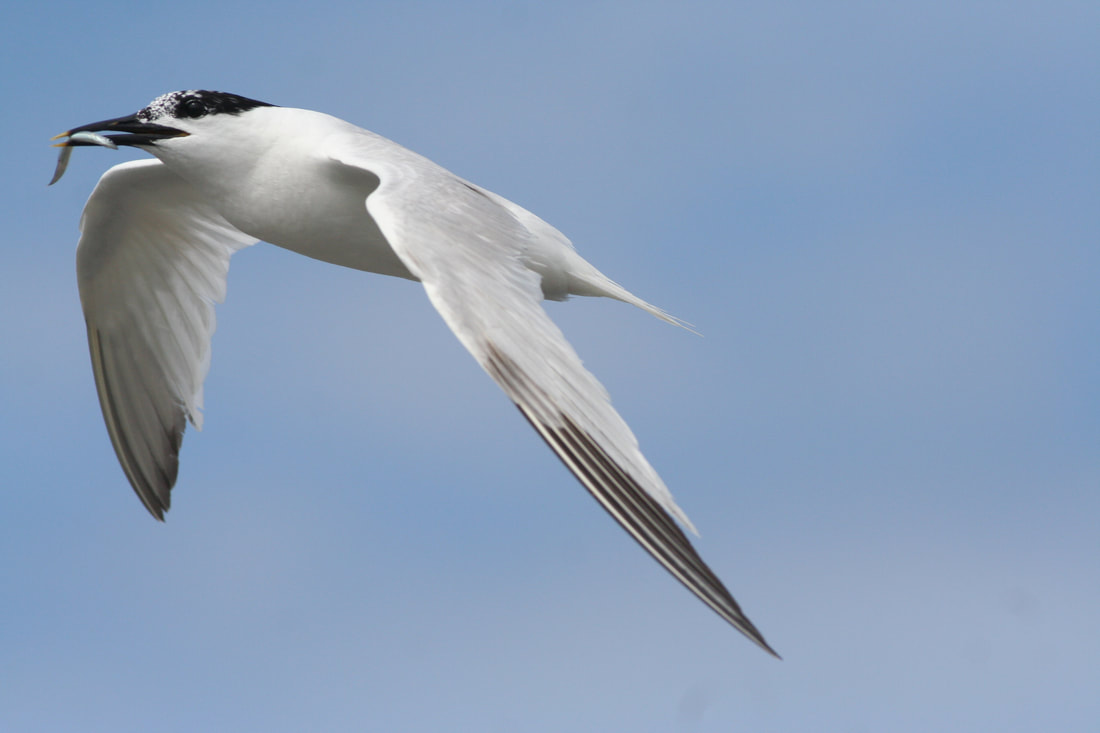


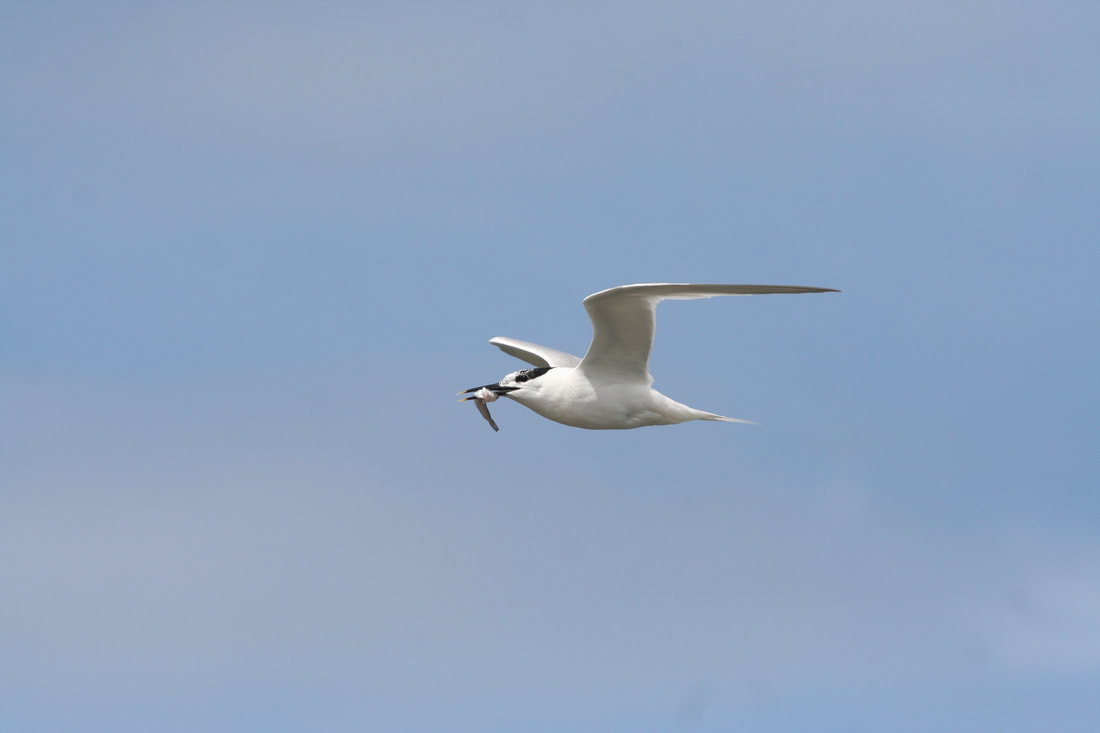
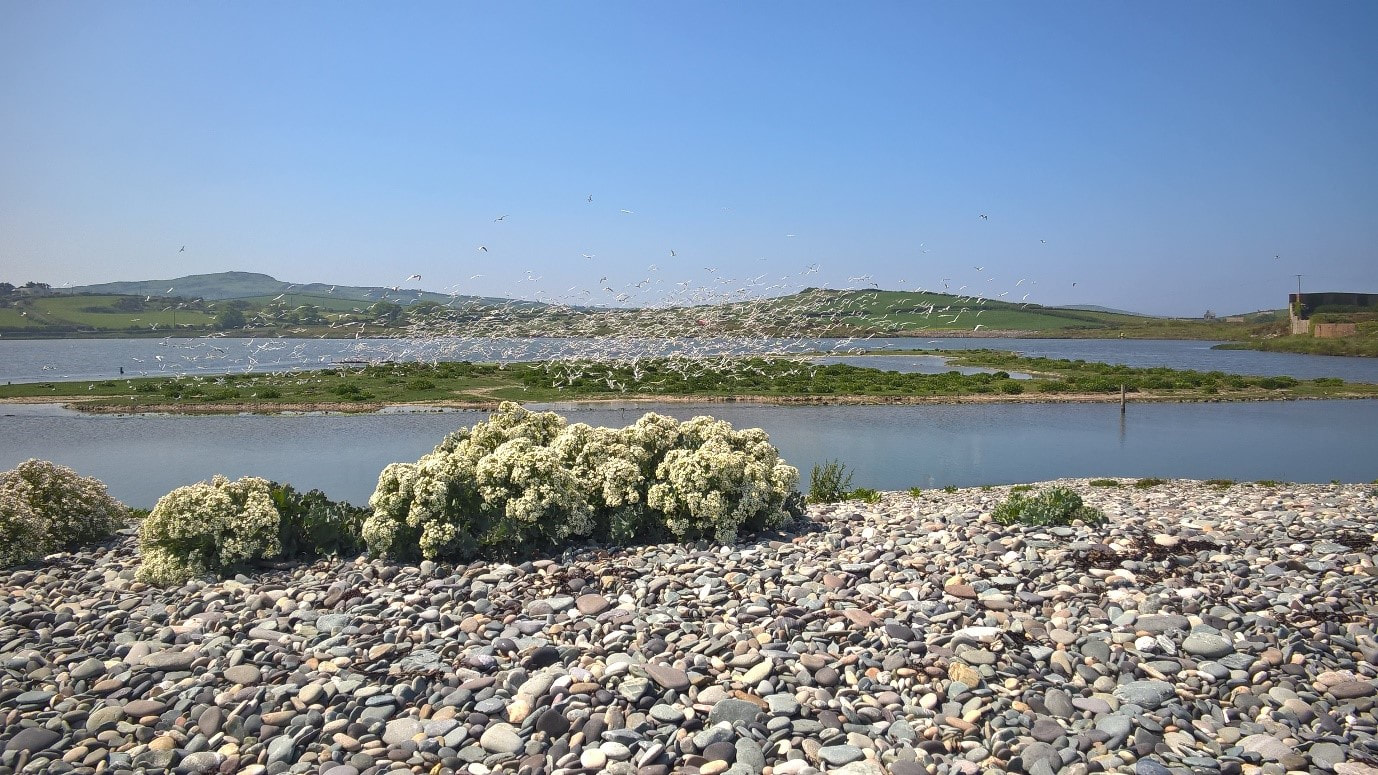
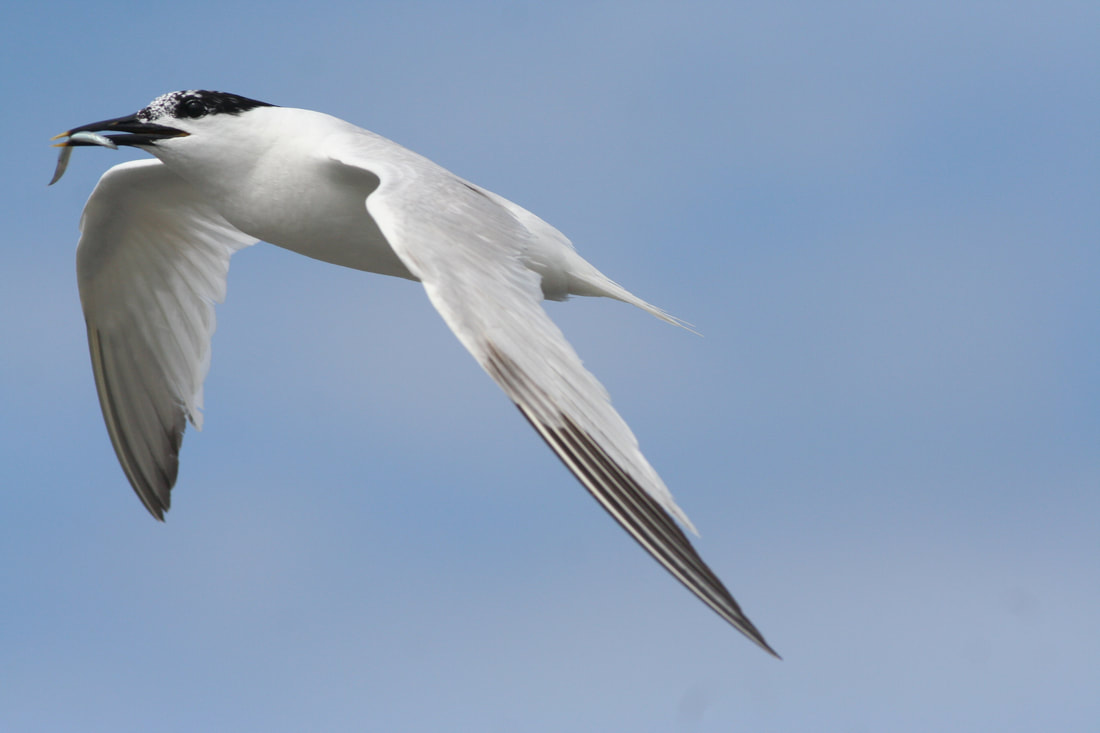
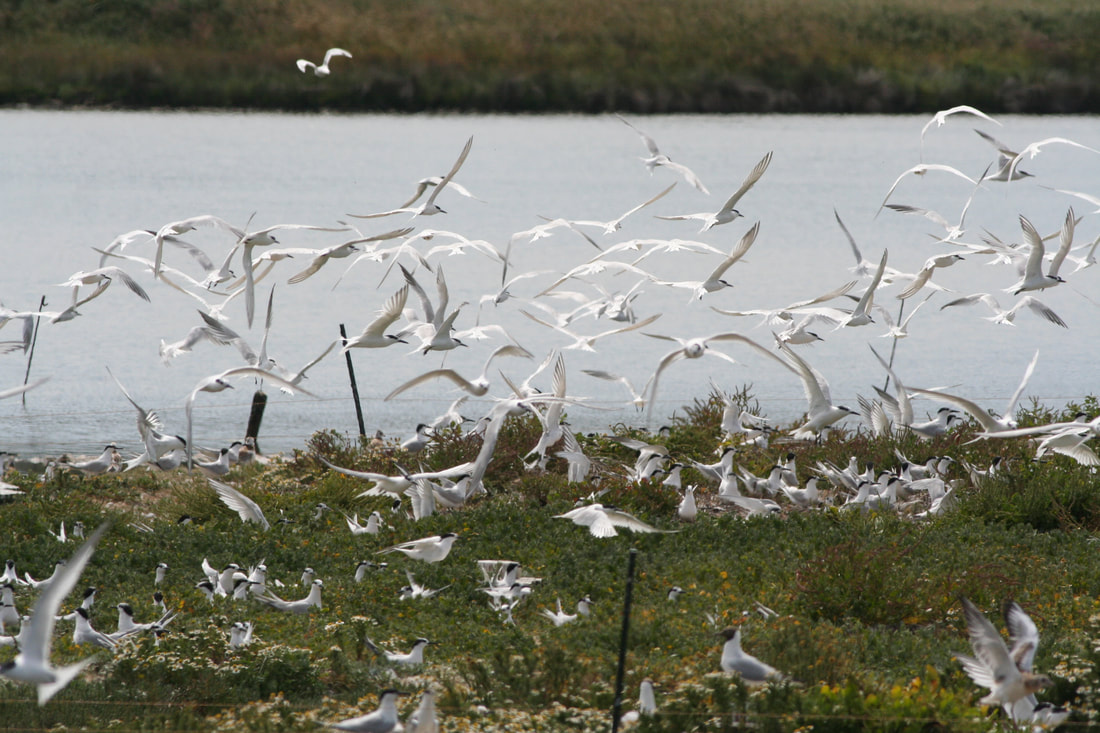
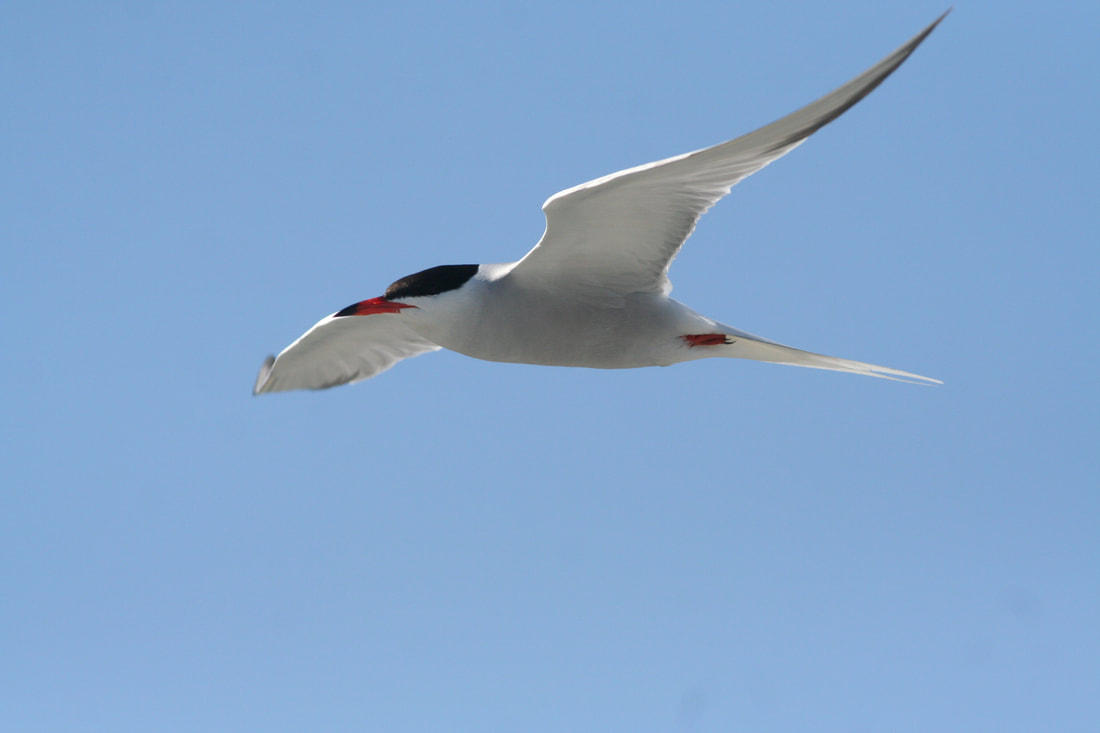
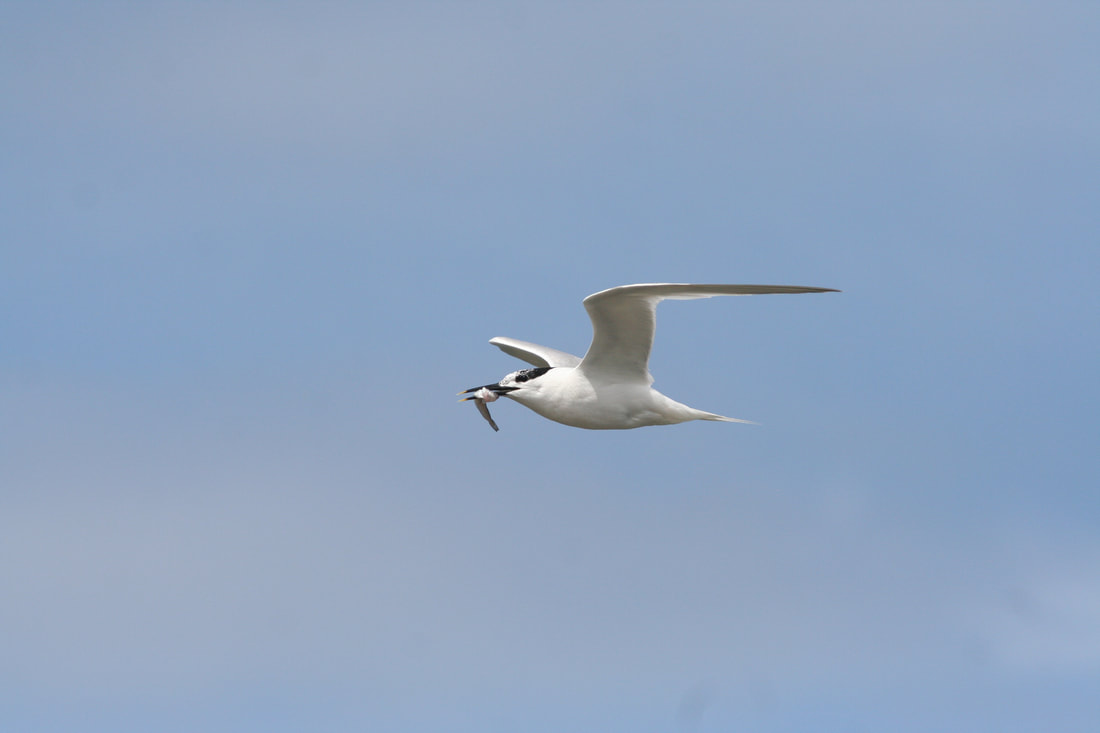












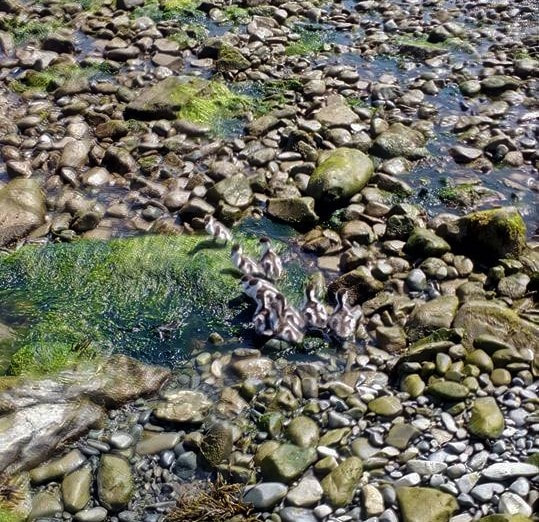


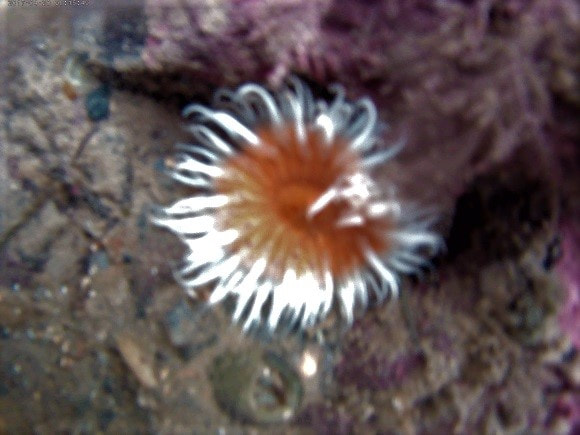




 RSS Feed
RSS Feed